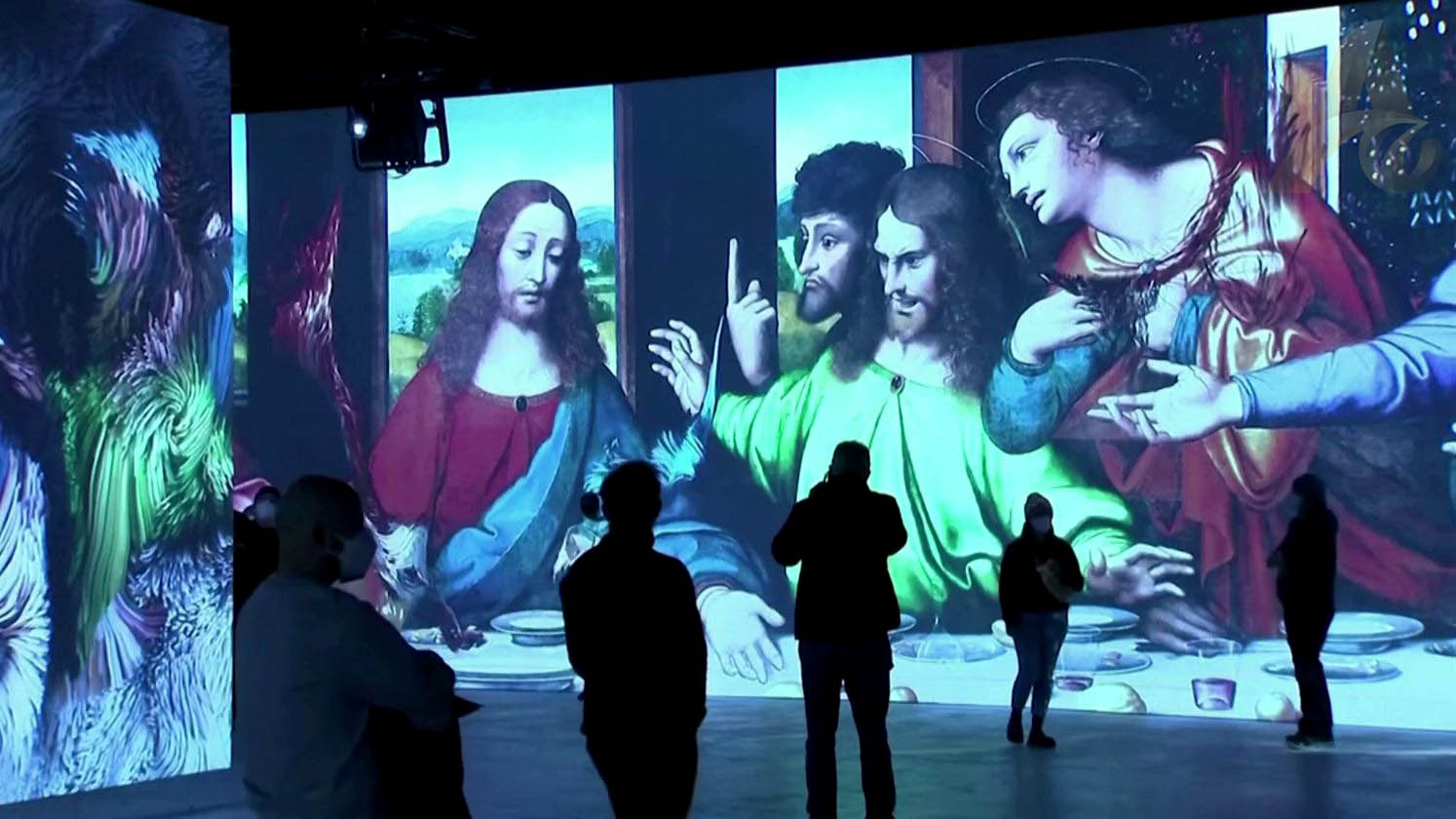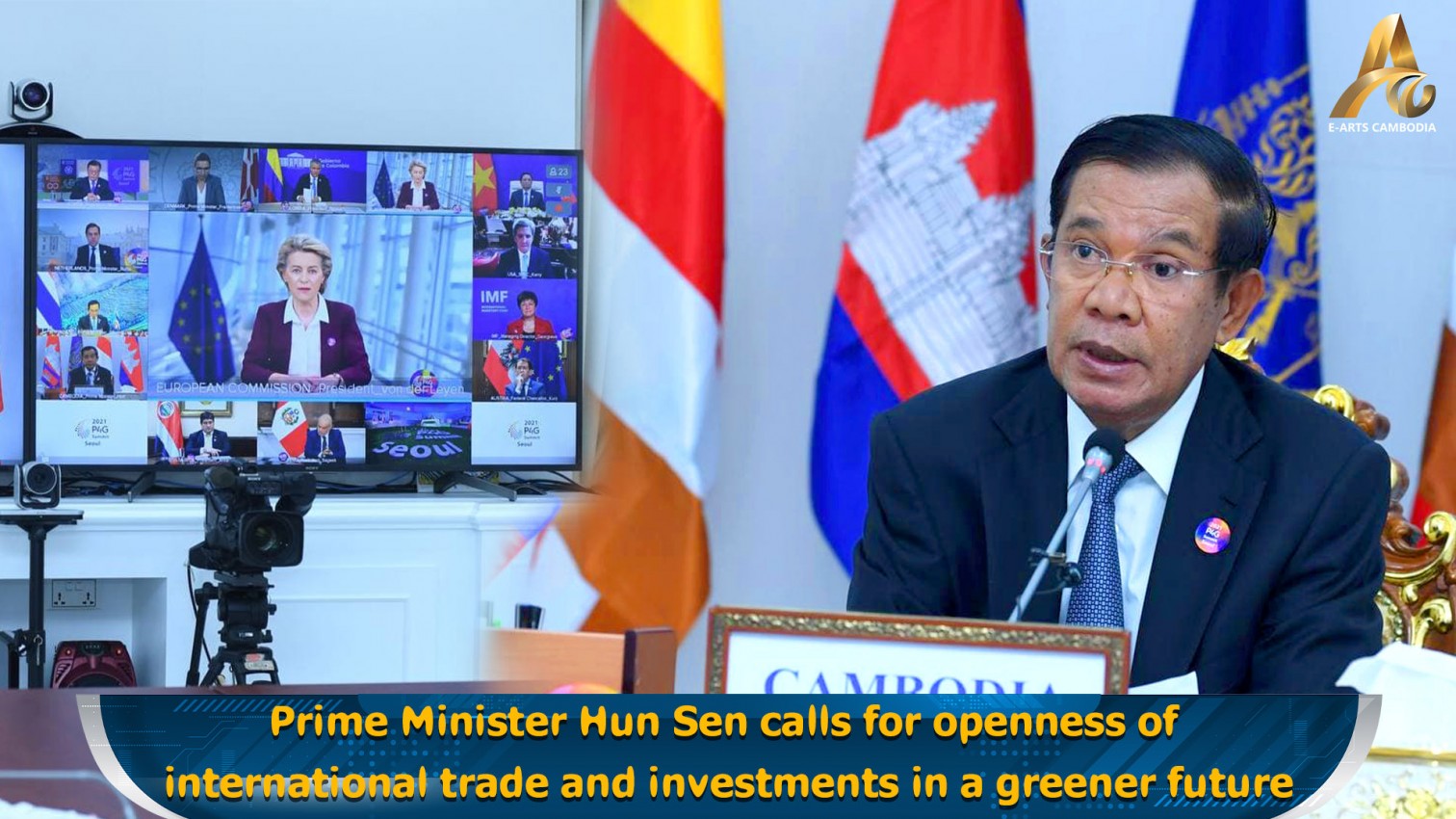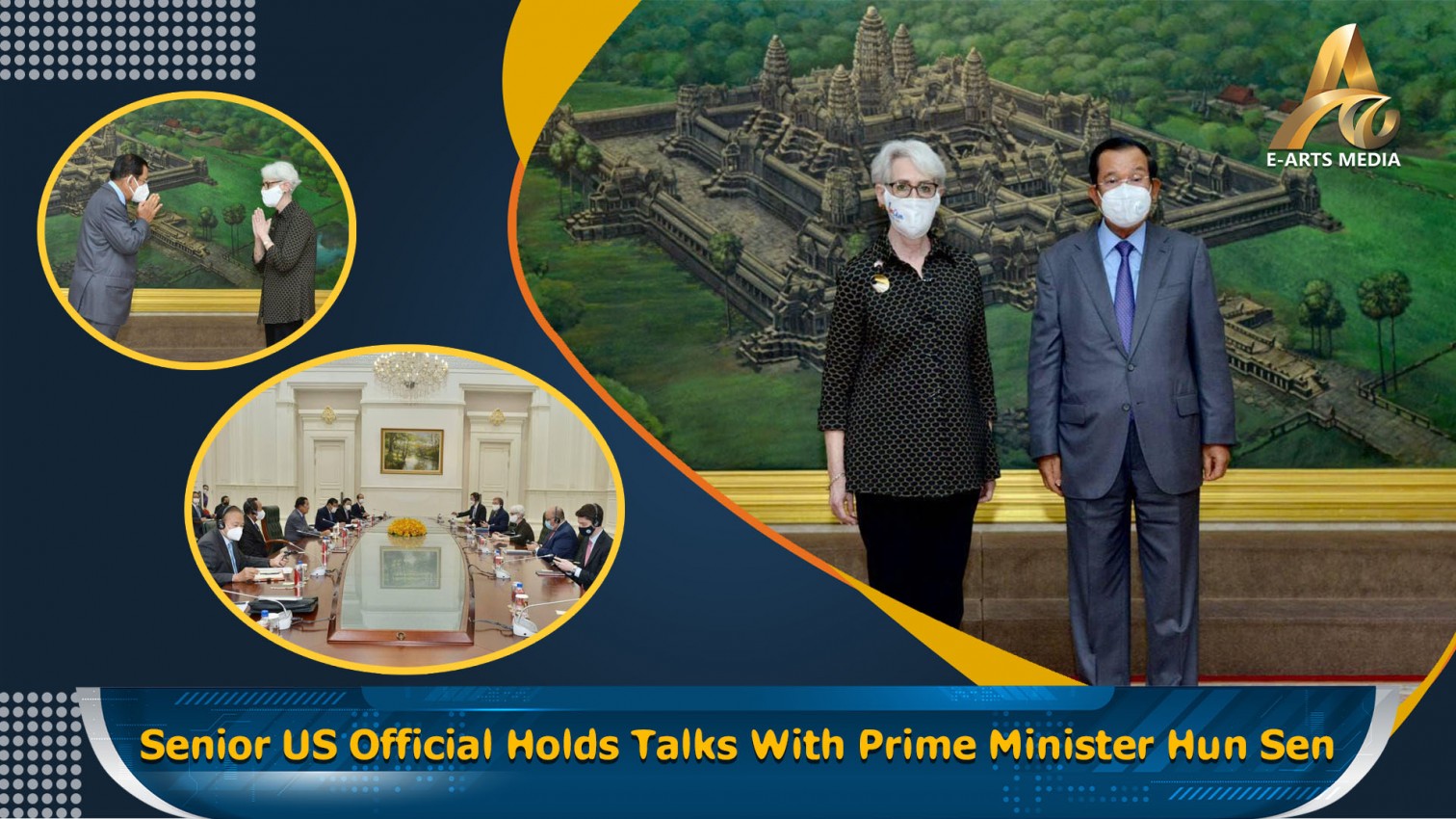INTERNATIONAL: Two of the world's most famous paintings, Mona Lisa and Last Supper, both by the Italian painter Leonardo da Vinci, have been brought to life using high technology, ”The Genius Immersive Experience,” a creative journey through the eyes of the artist today. It will be exhibited at art show to premiere on January 28 in Berlin, Germany.
The art works to be presented at the Berlin show are Mona Lisa and The Last Supper, the two iconic paintings by Leonardo da Vinci, an Italian artist and polymath, The art show lets you interact with the Mona Lisa and The Last Supper. The one-hour show delves into the mind of its artist.
Genius is a completely new immersive and interactive art experience that leads the way for the next generation of shows.
The Genius Immersive Experience is a revision of Leonardo's work, and is next generation, touchable and playable, a form of edutainment, and a music experience. The show is ahead of time, just as Leonardo da Vinci was.
The show can make people experience what it is like inside one of the brightest minds that ever existed, it said. Spectators can interact and feel the power of human creativity, the light-bulb moment of invention, and the inner workings of a genius – da Vinci. People can also explore Leonardo's inventions and ideas with the help of state-of-the-art technology.
Leonardo da Vinci has explored the world around him through science, art, and Intuition. He realised that humankind was not created just to mark time, but also to invent, create, and aspire to achieve knowledge. The artist was fascinated with the stars, and with the zodiac. This was his inspiration behind the masterpiece, The Last Supper, in which 12 apostles represent the 12 signs of the zodiac.
Leonardo da Vinci famously said: "There are three classes of people: those who see, those who see when they are shown, those who do not see."
Another famous quote of the artist is: "All our knowledge has its origins in our perceptions". The Genius Immersive Experience presents what the vision of Leonardo might have been today, adding that the revision of his work presents how he would have perceived our attitudes towards ecology, nature, science, space exploration, and modern art.






















